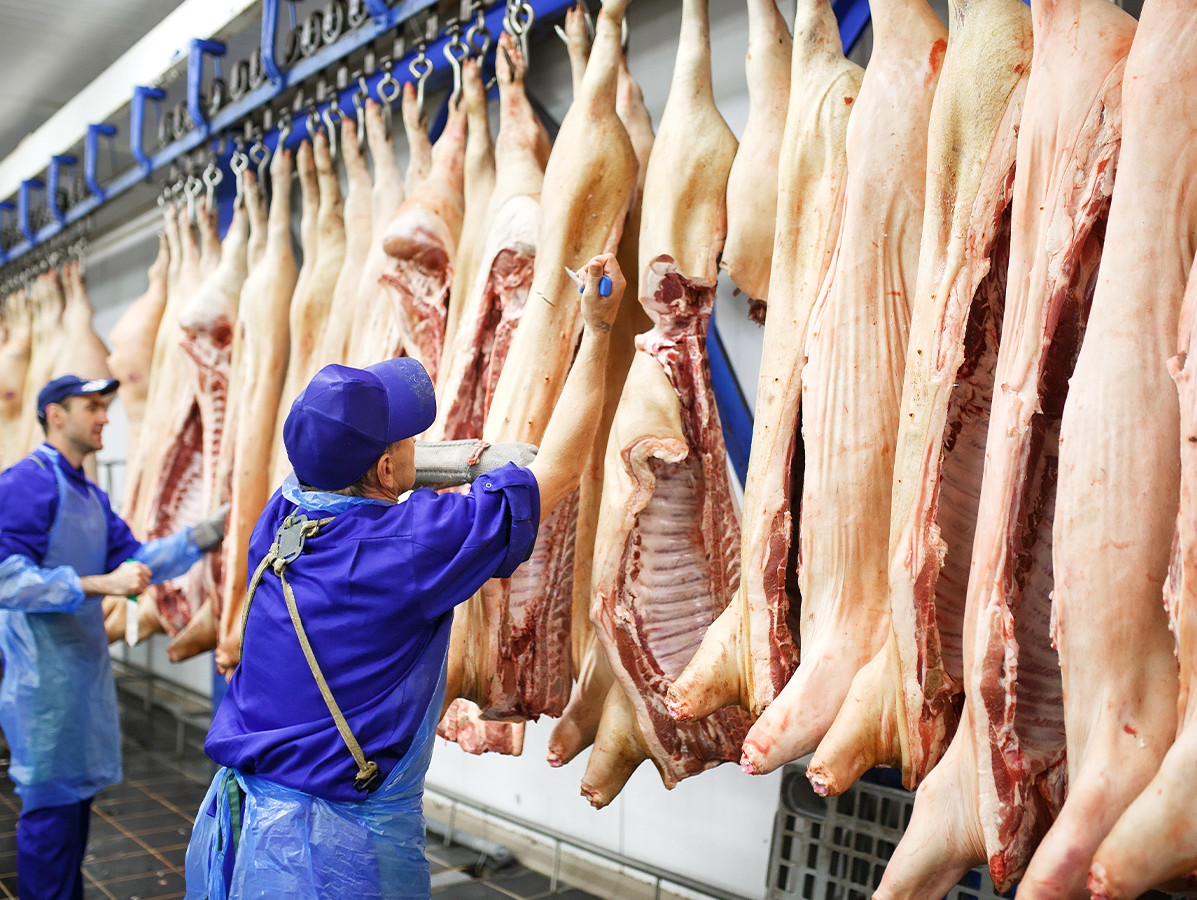
From September to the end of 2022, the NVWA will take extra samples at slaughterhouses of cattle, pigs, horses, goats and sheep. In November, the NVWA reported on the results of sampling in cattle. These are the first results regarding pigs.
The results of 170 samples taken and tested yielded four analytical results that showed that antibiotics administered were present above the legally permitted limit amount (Maximum Residue Limit). These were so-called cull animals. These are end-of-career animals or animals slaughtered early. It concerned 4 out of 54 results of cull animals, representing over 7% non-compliant.
The NVWA issued written warnings and administrative fines to the livestock farmers. And the carcasses and by-products of these animals have been destroyed. When an animal has been administered medication in a period prior to slaughter, this must be reported on a VKI form. This was not in order for all cull animals, for which written warnings were issued.
What is striking is that the exceedances found occurred in so-called cull animals. NVWA observes that the waiting period is not always sufficiently taken into account when treating cull animals. Parties in these cases unfortunately do not take sufficient responsibility for the meat chain. Naturally, NVWA wants no sample to be above the MRL.
Given the results of this part of the pilot, NVWA will pay attention next year to ensuring that sector parties make their own agreements among themselves on proper compliance within the meat chain. Examples include remaining alert to the correct completion of VKI forms and respecting the required waiting time after administration of veterinary medicines.
Photo: David Tadevosian/shutterstock.com
Source: NVWA